Home Hardening & Fire Mitigation
in The san francisco bay area
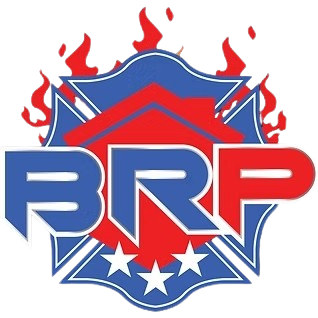
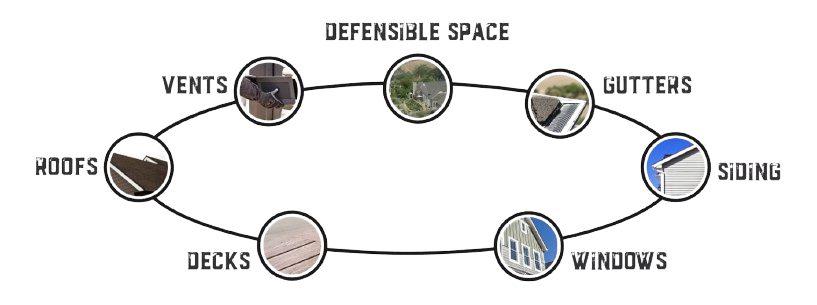
Defend Your Home. Protect What Matters Most.
Wildfires are becoming more frequent and intense across California. BRP Hardening Experts offers comprehensive home hardening and fire mitigation solutions to help protect your property, your family, and your peace of mind.
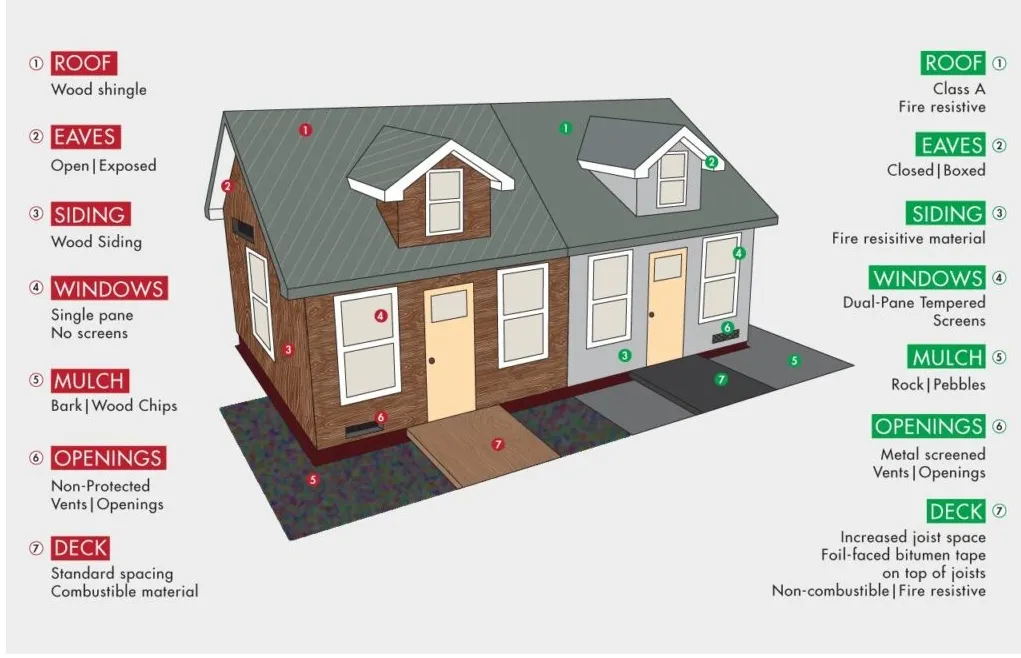
What Is Home Hardening & Fire Mitigation?
Home hardening is the process of making a structure more resistant to fire damage by upgrading vulnerable areas of the home and creating defensible space around the property. This includes using fire-resistant materials, sealing gaps where embers can enter, and implementing proven fire prevention strategies.
At BRP Hardening Experts, we combine construction expertise with fire mitigation planning to provide solutions that reduce ignition risk and help your home survive a wildfire.
How BRP Hardening Experts Help You Strengthen Your Home
Our team evaluates your home’s current condition and develops a customized hardening plan that targets the most vulnerable areas. Services may include:
- Replacing vents, eaves, and siding with fire-resistant materials
- Installing ember-resistant attic and foundation vents
- Upgrading windows, roofing, and decking
- Sealing gaps and openings where embers could enter
- Clearing flammable vegetation and debris from your property
We bring deep knowledge of California’s wildfire challenges and local codes to every project, ensuring your home is as resilient as possible.
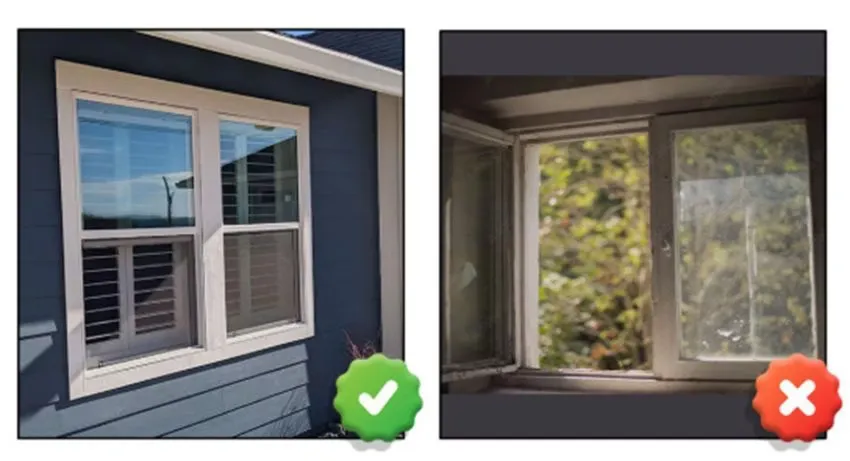
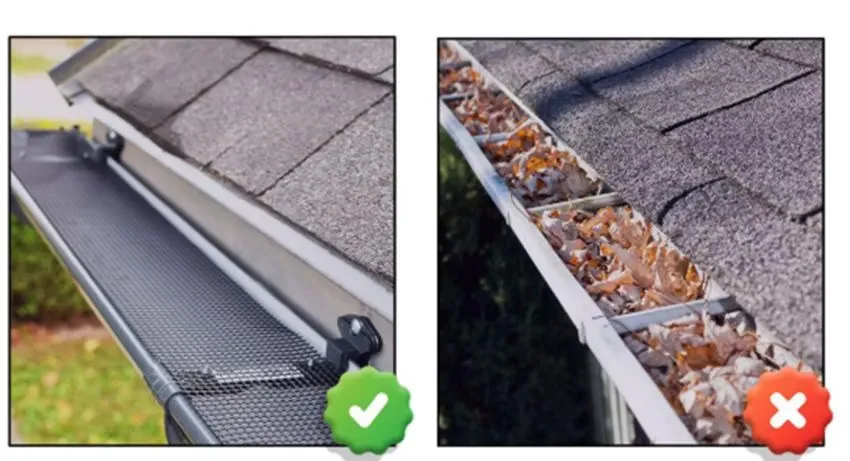
The Importance of Home Hardening
In wildfire-prone areas like Martinez and surrounding communities, fire hardening can be the difference between a standing home and total loss. Studies show that homes with hardened features and proper vegetation management are significantly more likely to survive wildfires.
BRP Hardening Experts doesn’t just offer recommendations—we deliver hands-on, practical solutions that dramatically reduce your home’s vulnerability to flame, heat, and embers.
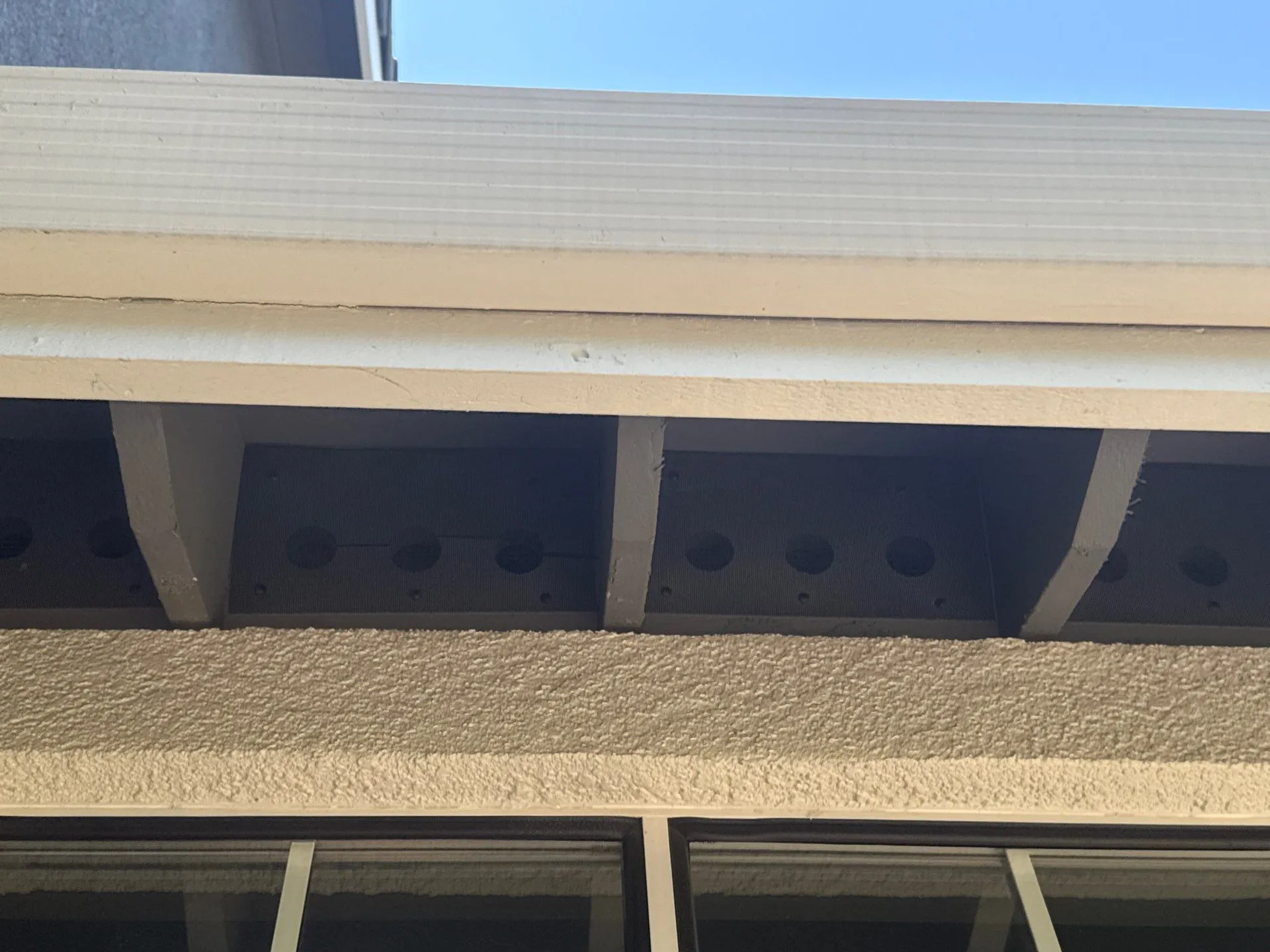
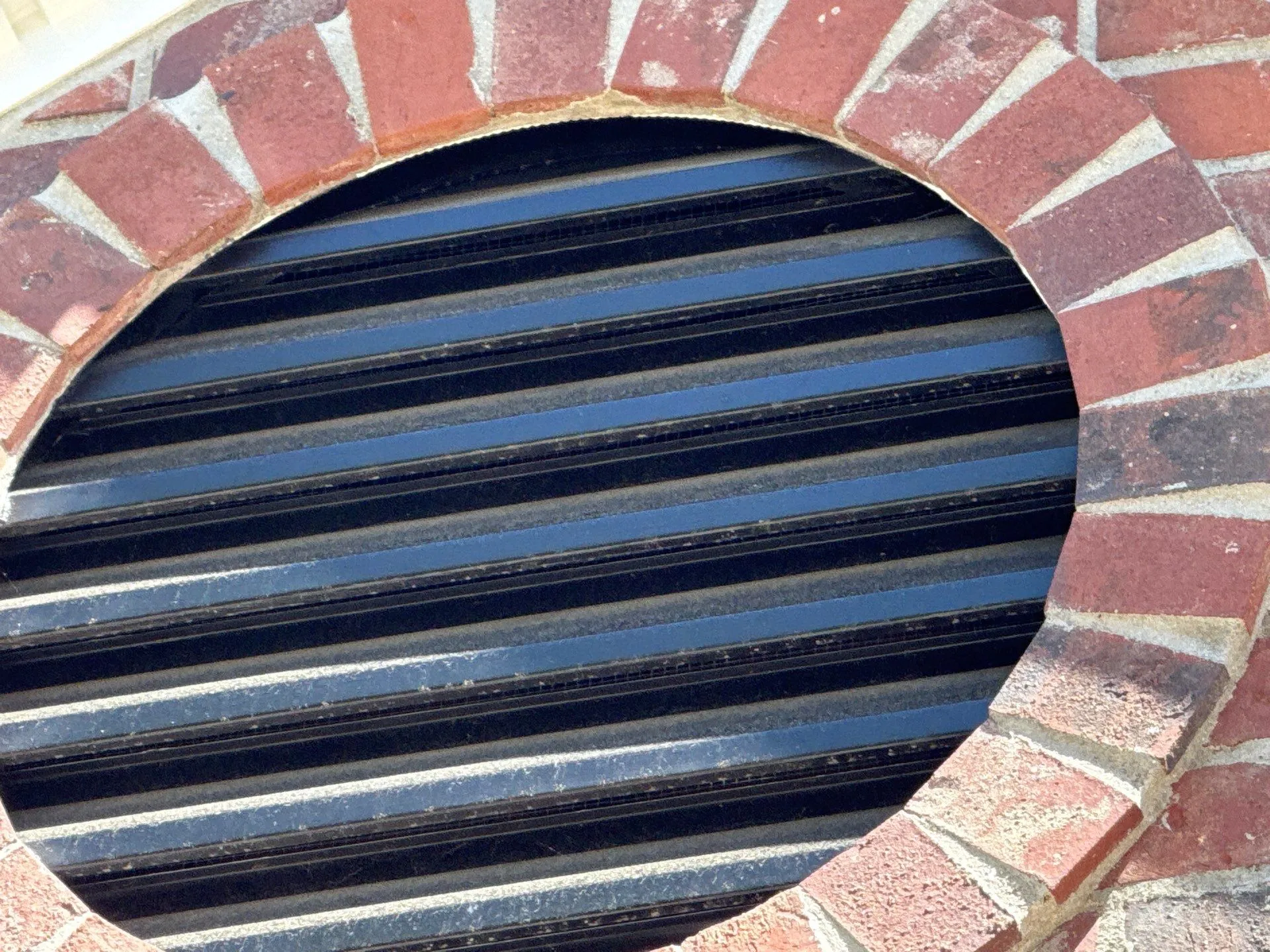
Why Choose BRP Hardening Experts?
Advanced Wildfire Defense
We install state-of-the-art ember mesh vents and gutter guards to shield your home from wildfire threats, using cutting-edge materials designed for maximum protection.
Customized Home Hardening Plans
Every property is unique—our experts tailor solutions to your home’s specific risks, ensuring robust defense without compromising aesthetics.
Trusted Wildfire Protection
With numerous homes fortified, we’ve helped communities significantly reduce wildfire risks through expert hardening strategies.
Efficient, Non-Invasive Installations
Our team delivers seamless upgrades with minimal disruption, providing lasting protection tailored to your home.
Boosted Property Value & Peace of Mind
Our wildfire mitigation solutions enhance your home’s safety and market value while offering confidence against fire threats.
trusted contractors for



Our home hardening Services
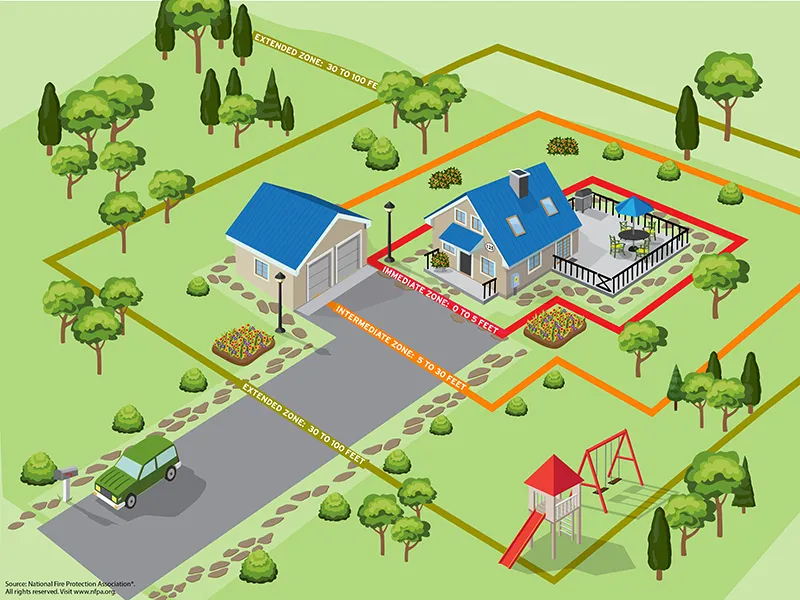
Defensible Space
Create a buffer between your home and wildfire fuel. Make your landscape work for you!
Why it matters:
Wind-blown embers, flames, and radiant heat can ignite vegetation and structures near your home. Defensible space reduces the fuel available to wildfires and helps slow their spread.
What to do:
- Clear and manage vegetation in the 0–100 feet around your home using three zones:
- Zone 0 (0–5 feet): Keep this area completely free of flammable materials. Use noncombustible ground cover like gravel, and avoid planting directly against the home.
- Zone 1 (5–30 feet): Trim vegetation, space plants apart, remove dead material, and keep lawns short and irrigated.
- Zone 2 (30–100+ feet): Thin trees, reduce brush, remove dead vegetation, and create gaps to slow fire spread.
Maintenance Tips:
- Regularly clear leaves and debris from roofs, gutters, and around structures.
- Store firewood and combustibles at least 30 feet from buildings.
- Prune tree branches and eliminate ladder fuels.
- Re-evaluate defensible space before fire season and after storms.
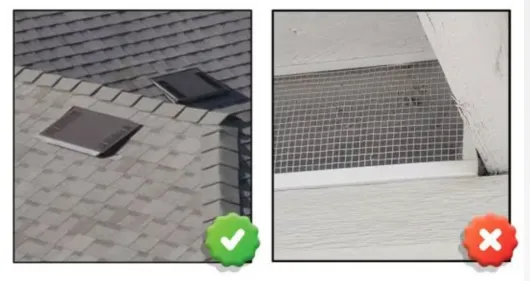
Exterior Vents
Make sure your vents are protected from embers and fire. Upgrade your vents!
How are vents vulnerable?
- Access points such as your attic or crawlspace vents are areas embers or flames can enter and ignite combustible materials inside your home.
- Inlet vent that allows for the entry of wind-blown vegetative debris. Ridge or off-ridge vents located on your roof are more susceptible.
- Vents constructed of flammable materials such as plastic are highly vulnerable to embers and flames.
What to do about vents
- Attic and underfloor vents with openings larger than 1/8 inch are susceptible to embers.
- For fire protection, it is recommended to replace them with California State Fire Marshal-approved flame and ember-resistant vents (State Fire Marshal Listed Wildland Urban Interface (WUI) Products Handbook) or cover them with noncombustible, corrosion-resistant metal mesh between 1/16 and 1/8 inch in diameter. However, please keep in mind that these fire protection modifications may reduce airflow and ventilation to attics and underfloor spaces. Be sure to consult your local building official for ventilation requirements in your area before replacing or covering your vents and hire a licensed contractor to complete the project.
- Keep debris away from all vents.
- Properly seal all openings including around blocking in vent areas.
- Replace existing vent covers with corrosion-resistant 1/8inch or 1/16-inch (preferred) wire mesh or an approved ember and flame-resistant vents
• When replacing or reinstalling vents, use a fire-resistant caulk/sealant to seal around the edges of the vent to prevent water and ember intrusion between the vent and the exterior wall.
• Clean vents periodically to remove debris so that each vent can perform its moisture management function properly.

Windows & Doors
How are windows vulnerable?
- Windows that are left open unattended.
- Combustible framing material that, when ignited, glass breaks or falls out providing a path for embers or flames to enter your home
- Radiant heat which can cause windows to break even before fire reaches the house. Single-pane and large windows are particularly vulnerable
- Windows that face large vegetation areas or have vegetation directly underneath
- Vinyl windows that do not have an internal reinforcement bar in the horizontal or vertical separator member as they are prone to failure from radiant exposure due to deformation of the frame.
What to do about windows
- Install or upgrade to double-pane tempered glass windows.
- Tempered glass is about four times more resistant to breaking during a wildfire.
- Noncombustible metal framing material is an optimal choice.
- Confirm if vinyl windows have a vertical or horizontal reinforcement bar.
- Create a 0 to 5 ember-resistant zone by removing vegetation and other combustibles by all windows.
- Install metal mesh window screens to improve the performance of windows subjected to radiant heat exposure.
- Replace single-pane windows or glazed doors with double-paned or temperedlaminated glazing.
- Install aluminum coverings B or use metal framing for window and door frames.
- Use fiberglass or metal screening on windows.
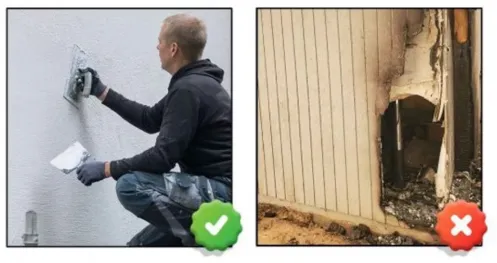
Exterior Siding
Exterior siding that is combustible, has gaps, holes, or rot is vulnerable to both embers and flame.
How is siding vulnerable?
- If ignited, combustible siding can provide a path for flames to penetrate through other vulnerable areas such as windows, under-eave areas, or vents.
- Siding ignition from nearby combustibles that are too close to the house.
- Roof-to-wall areas where combustible siding is present.
- Gaps or penetrations in the exterior covering that are larger than 1/8 of an inch.
What to do about siding
- Plug or repair all gaps, holes, or rot in your exterior siding.
- Consider replacing combustible siding with a noncombustible or ignition-resistant material option. Consult your local building official or licensed contractor for local building codes in wildland areas.
- If a full replacement of your exterior covering is not possible then consider a partial replacement by using a noncombustible siding material for the bottom 2 feet from the ground and add metal flashing to protect the bottom edge sheathing.
- Replace combustible siding with noncombustible or ignition resistant materials (e.g., fiber cement, stucco).
- Block gaps in siding with f irestopping materials such as mineral wool or f ire-resistant caulking/sealants.
- Where replacement of combustible siding for the entire home is infeasible, replace the bottom 6-12 inches of siding from grade extending upward. This should provide increased resistance to ignition due to surface fuels such as from the accumulation of dead leaves.

Gutters
Check your gutters! Clean gutters regularly and install noncombustible gutter covers on gutters.
How are gutters vulnerable?
- Gutters without a gutter cover can allow accumulation of debris making it highly susceptible to embers and fire. If the debris catches on fire, it exposes unprotected combustible areas of your roof assembly.
- Gutters made of combustible materials such as vinyl can catch on fire and expose unprotected combustible areas of your roof assembly.
What to do about gutters
- At a minimum, install a noncombustible gutter cover to reduce the buildup of debris. When it is time to replace your gutters, replace them with a non-combustible option suchas metal.
- Ensure your roof has a metal drip edge installed that completely covers the space above your gutter system.
- Use metal gutters and downspouts.
- Install corrosion-resistant noncombustible drip edge f lashing from the roof to the gutter, D tightly fitting the flashing against the gutter.
- Use gutter covers made from noncombustible materials to prevent debris from accumulating in gutters.
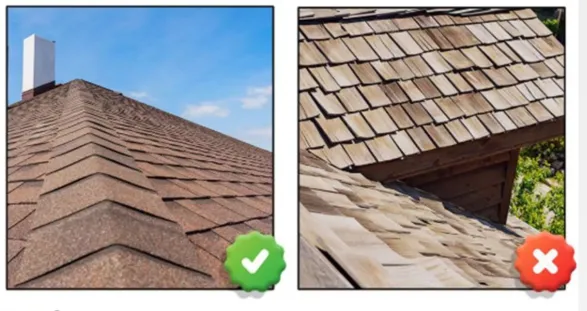
Roof and Roof Attachments
Your roof is one of the most vulnerable areas of your home! Due to its large surface area, your roof is more susceptible to embers and flame.
How is a roof vulnerable?
- Combustible roof coverings such as a non-fire-retardant treated wood shake or shingle roof. California requires roof coverings and assemblies to be Class A-rated. Common Class
- A roof coverings include asphalt shingles, tile or cement shingles, or metal panels.
- Gaps or openings in your roof assembly that have degraded exposing unprotected roof components.
- Debris accumulation on your roof, especially when located next to vulnerable areas such as combustible wall intersections.
What to do about a roof?
- Keep your roof clear of debris and vegetation.
- Fill in gaps between the roof covering and the sheathing to prevent the intrusion of embers and flame.
- When it is time to replace your roof, install a Class A-rated roof covering such as asphalt fiberglass composition shingles.
- Replace combustible siding at roof-to-wall intersections with noncombustible siding.
How are roof attachments vulnerable?
- Debris accumulation around roof attachments.
- Gaps or penetrations in the roof covering from the installation of a roof attachment like a solar panel.
What to do about roof attachments?
- Check periodically and keep areas around roof attachments free of debris.
- Ensure that roof attachments have enough space underneath them so that debris does not accumulate.
- Ensure openable skylights have a noncombustible metal mesh screen not exceeding 1/8 inch and have multipaned glazing with one layer of tempered glass.
- Install metal flashing around exposed wood frame skylights.
- Regularly check for any loose or missing shingles or roof tiles and repair or replace them to prevent ember penetration.
- Where possible, replace roof with Class A covering materials (e.g., concrete tiles, composite asphalt shingles) with associated underlayment and decking where required by the manufacturer. Alternatively, use noncombustible, 1- hour fire-rated roof assemblies for enhanced performance.
- All roof joints should be provided with appropriate noncombustible, lapped metal flashing.
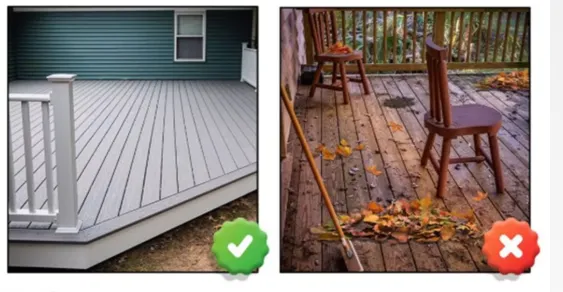
Decks, Porches, Balconies, and Stairs
Protect your deck! Deck ignitions can start from flame underneath or embers on top.
How is a deck vulnerable?
- Combustible damaged or rotting deck boards as they are more easily ignitable.
- Deck boards made of combustible materials that are attached to the residence.
- Deck-to-wall intersections that have combustible siding and no metal flashing.
- Combustibles within the first 0 to 5 feet zone around a combustible deck (patio furniture planter boxes, door mats, etc.)
- Combustible items stored underneath your deck that could be an ignition source for fire.
- Decks that overhang a slope that can be exposed to flames from trees or other vegetation downslope.
- Lattice or other combustible fencing options are used as a vertical enclosure under a deck, as it is readily ignitable.
What to do about decks
- Create an ember-resistant zone under the deck footprint extending five feet outward to reduce the likelihood of under-deck flame exposure. Use hardscapes like gravel, pavers, or concrete.
- Ensure sufficient defensible space if your deck is overhanging and located on a slope to minimize flame spread.
- Replace deck boards with ignition-resistant, noncombustible, fire-retardant-treated wood, or material that complies with performance testing standards (this includes steps, stairs, and railings).
- Replace any damaged or rotting deck boards as they ignite more easily.
- Install a minimum of a 6-inch metal flashing applied vertically on the exterior wall and at deck-to-wall intersections.
- If a full replacement of your deck is not possible then consider a partial replacement by replacing the walking surface boards with a noncombustible option for the first 1 ft. away from the residence.
- Remove combustible items stored under your deck.
- Regularly clear debris on top of or underneath your deck.
Home Hardening Tips
Sealing Gaps
Learn More
Flashing
Learn More
Fences
Learn More
Eaves & Soffits
Learn More
Housekeeping
Learn More
Accessory Buildings
Learn More
Miscellaneous Structures
Large often combustible items like gazebos, RV’s, boats, and playground equipment are often forgotten fuel sources that may need to be hardened.
Learn More
Combustible Attachments
Learn More
Retrofit Checklist
Learn More
Make Your Home Fire-Resistant. Start Today.
Don’t wait for fire season to take action. Let BRP Hardening Experts help you prepare with expert home hardening and fire mitigation services.
Contact us today to schedule a site assessment or request a quote. Together, we can build a safer future—starting at home.
